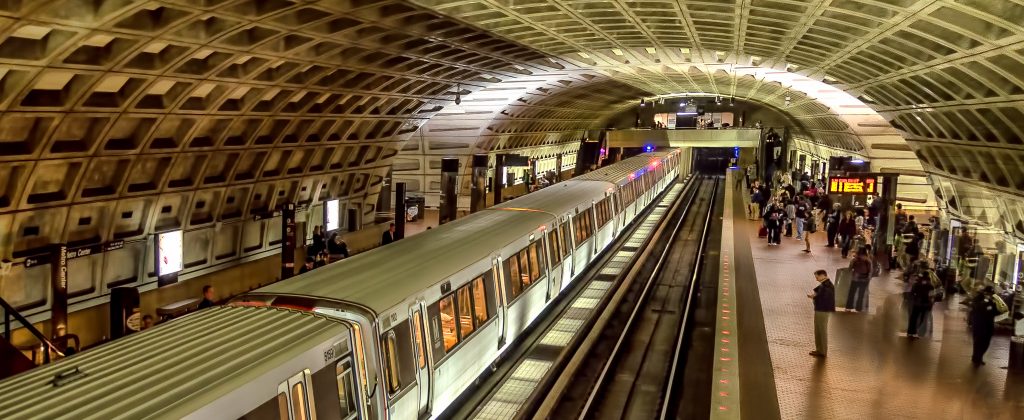This post is a recap of the interactive GovLoop Academy course, Understanding Connected, Digitized Transportation.
Transportation is a vital part of our everyday lives and serves as the backbone to any functioning community. When transportation is seamless, easy to use and efficient, it creates happier citizens, ensures better road safety, provides more efficient services and offers a better quality of life — all of which lead to an improved economy.
Yet despite how critical transportation is to citizens and the communities in which they live, today’s modes of transport — including roadways, buses and subway systems — are often inefficient, disconnected and even unsafe. The U.S. Department of Transportation estimates that traffic congestion in the U.S. alone results in more than 4 billion hours of travel delay and nearly 3 billion gallons of gas used, resulting in a cost of $80 billion. According to a New York Times report, more than 40,000 people died in motor vehicle accidents in 2016, a 14 percent rise over the past 2 years and the largest increase in more than a half a century.
As roads deteriorate and highway fatalities continue to rise, citizen satisfaction with public transportation offerings is faltering. Now more than ever, it is critical for the public sector to invest in digitized transportation.
Digitized transportation is the realignment of and new investment in technology, innovation and other practices to more effectively connect siloed transportation technologies into a seamless flow. While today’s transit systems are primarily based on single-purpose, non-interoperable subsystems that are sourced from different vendors, digitized transportation aims to tie together these disparate modes of transport into a single, easy-to-use infrastructure.
With connected and autonomous vehicles, for example, an advanced driver-assistance system could communicate with cameras and sensors to control the brakes and change lanes while delivering information to the driver’s dashboard. In terms of improved user experience, citizens would be able to use one system to time, map and pay for their transit instead of having to navigate multiple payment, routing and mapping systems.
Establishing a connected transportation system can create significant economic gains for communities by attracting investment, tourism and a better workforce. It also reduces the government’s operating and capital expenses by making it easier to manage a diverse array of vehicles, destinations and more.
Because of the numerous benefits and cost savings offered by connected transportation, many states are moving toward a digitized infrastructure. In Alaska, for example, the state’s Department of Transportation (DoT) deployed Cisco Connected Roadways solutions to tie remote areas to their central transportation communications network. In a state where extreme conditions often challenge safety, it is paramount that transportation managers are able to quickly assess and communicate hazards on the road.
After connecting people, processes, data and equipment in the area, Alaska’s DoT was able to manage secure radio, channel, and media resources; coordinate dispatching; and provide push-to-talk features for group communications. In even the most remote areas of the state, Cisco solutions have enabled significantly improved communication, safety and emergency responses in the field.
When governments have a secure, interoperable network that can connect passengers, drivers, operations centers, public transit stations, cameras and digital signs, they have the opportunity to improve the health, happiness and success of communities. In order to meet rising citizen expectations and maintain safe, reliable and efficient transit services, it is imperative that governments invest in connected transportation infrastructure.
Learn more about connected, digitized transportation with the GovLoop Academy course, here.
